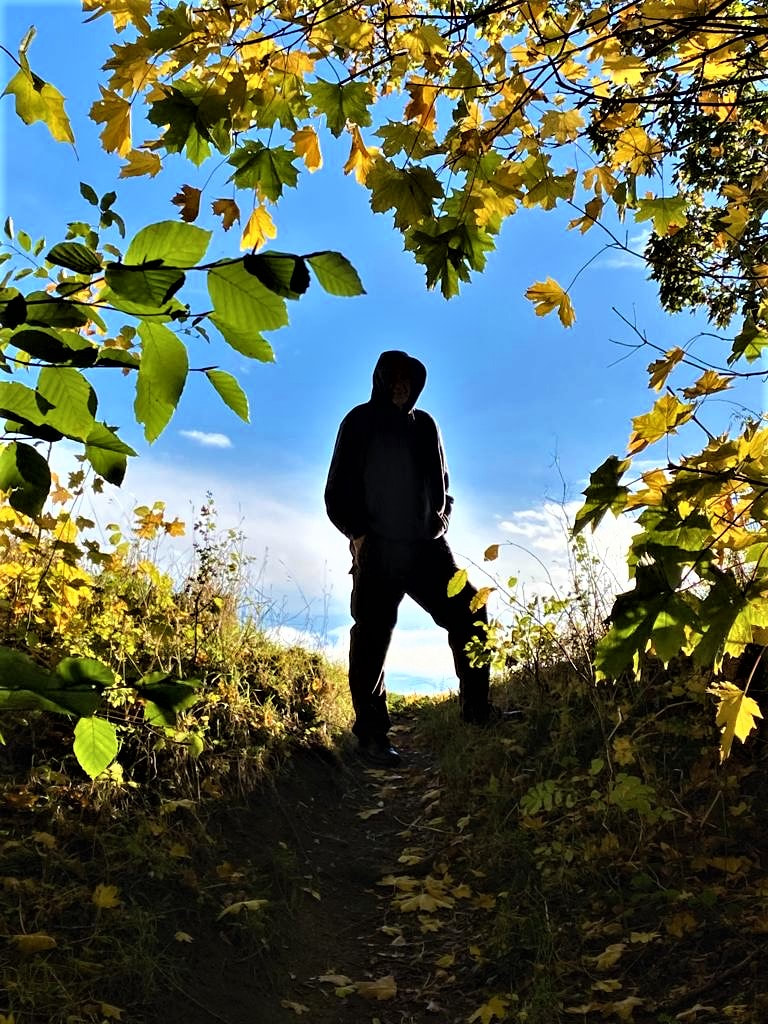|
‘Constructive counterfactualisation’. What on earth?! I can almost hear the cogs whirring. This was the title of an intriguing seminar I attended yesterday led by Professor Chris Oswick. The main focus was on how to break out of proverbial boxes that trap our thinking and to find ways to challenge our taken-for-granted assumptions in order to broaden the range of options available to us. It reminded me a lot of DeBono’s lateral thinking – except with much more complicated-sounding language.
The main technique we tried was to create deliberate dissonance, e.g. by, ‘making the strange familiar or the familiar strange’ (Foucault). The idea here is to present the strange (e.g. an idea that contrasts starkly with that which we hold currently) as having some (surprisingly) similar qualities to that which seems more normal or self-evident to us, or to present something familiar and ordinarily unquestioned in such a weird or unusual light as to make it appear and feel strange to us after all. Here’s an example. We often think of global poverty and related suffering as caused or exacerbated by military conflict, e.g. between two or more different ideologies, tribes or nations. We only need to look as far as Yemen in recent months to see this horrifying phenomenon played out in practice. This observation vis a vis ‘poverty & conflict’ could be developed into a hypothesis that, say, military intervention is the antithesis to development. It has a face-value appearance of plausibility about it. Yet now take, for instance, a scenario in which the military provides sufficient security (e.g. from an external aggressor) to allow sustainable development to take place. It flips the equation so that an alternative hypothesis could be juxtaposed that, in X context, military intervention is a necessary condition for development. This way of posing contrasting propositions to create dissonance and challenge accepted assumptions and norms can be powerful. How could you use it as leader, coach or OD?
23 Comments
Mukta Arya
16/11/2017 08:37:30 am
Very interesting. The ‘contrast’ approach is powerful and can be used in coaching ( or for that matter, in any other thinking processes) effectively. Constructive dissonance leads to innovation.
Reply
Nick Wright
16/11/2017 08:39:04 am
Thanks Mukta. Yes, I think this is an area where working with diversity (e.g. cross-culturally) can be so enriching - stretching and challenging our preconceived ideas and beliefs so that something new (creative, innovative) can emerge.
Reply
Katy Murray
16/11/2017 08:40:10 am
This is a fab pic Nick - about to read the article too :)
Reply
Nick Wright
16/11/2017 08:42:14 am
Thanks Katy. I liked it too when I saw it on Google Images. :) The illustration I use in the blog vis a vis the military in relation to development was actually inspired by a conversation with your husband many years ago!
Reply
R. Greg Dowty
16/11/2017 08:43:14 am
Very good and can lead to being able to make reasonable comparisons in difficult situations. Some could even call this timely.
Reply
Nick Wright
16/11/2017 08:44:03 am
Thanks Greg. I'm intrigued. Could you say something more about 'timely'?
Reply
David Lines
16/11/2017 08:44:48 am
Very Gestalt Nick.
Reply
Nick Wright
16/11/2017 08:46:02 am
Hi David. I can see resonances with Gestalt too. Did you have any specific aspects or experiences of Gestalt in mind..?
Reply
Tara P
16/11/2017 02:23:22 pm
I really like the idea and challenge in this! Making the familiar strange and the strange familiar.
Reply
Nick Wright
16/11/2017 02:23:48 pm
Thanks Tara! :)
Reply
Lynda Burns
17/11/2017 09:52:24 am
Interesting idea to support critical thinking. I like the challenge ... and would add taking beliefs and assumptions into account is equally important. A freedom fighter to one is a tyrant to another, and sometimes both at the same time. Thinking about Zimbabwe for example. Thanks for posting.
Reply
Nick Wright
17/11/2017 09:54:13 am
Thanks Lynda. Yes, I agree. What you touched on vis a vis language connects with similar insights in social constructionism too - are you familiar with it?
Reply
Michael Nestor
17/11/2017 06:58:30 pm
Great concept! I was exposed to this many years ago in an NTL type human interaction lab. The intent was to challenge our stereotypes in such a way to creat discomfort ( dissonance) that will ensure a significant emotional event. It is the significant emotional event that causes lasting change. Very effective!
Reply
Nick Wright
17/11/2017 07:00:49 pm
Thanks Michael! Intriguing - what is an 'NTL-type human interaction lab'? I agree - it's often when we experience something, including emotionally, that the greatest degree of shift happens. It's one reason why 'doing it' is very different to 'thinking about it.'
Reply
Jaap van Barneveld
18/11/2017 12:48:06 pm
Constructive counterfactualisation, das nog eens een mooi woord voor de BedrijfsNar.
Reply
Nick Wright
18/11/2017 12:49:05 pm
Hi Jaap. I'm sorry - my Dutch is very limited! What does 'BedrijfsNar' mean?
Reply
Saandeep Tyagi
18/11/2017 12:50:03 pm
Check out Reframing in NLP.
Reply
Nick Wright
18/11/2017 12:53:19 pm
Hi Saandeep. Yes, there are clear resonances with reframing. My favourite reframing text is Gareth Morgan's 'Images of Organisation' where he draws on various metaphors. Are you familiar with it? I see resonances with Polarity Mapping too.
Reply
Marina Kogan
18/11/2017 12:53:57 pm
Apart from thinking patterns could it be the case of consciously creating discomfort to implement the change?
Reply
Nick Wright
18/11/2017 12:57:20 pm
Hi Marina. I think that's a great question. In my experience, change is most likely to happen when people experience (not just think about) the change. In my work with leadership teams, for instance, teams are most likely to shift patterns of behaviour if they experiment and experience what happens, what it feels like, when they do something different - rather than just think about how it might be it in a more abstract conceptual sense.
Reply
Yaser Bani Mostafa
18/11/2017 08:29:52 pm
Mariana Kogan .." consciously creating discomfort to implement the change." as I humbly understand is the creative chaos. If it is. I wonder who would drive an organization into such case to stimulate change and what controlling measures needed on the managerial and administrative levels to achieve the intended outcome while keeping the organization Running. ?
Reply
David Kiely
18/11/2017 08:32:41 pm
Just as an aside...Festingers 1957 work called cognitive dissonance is an interesting read...and is referenced in Paul Dolan's Happiness By Design. Very very simplified, that feeling we get when our actions go against our deepest values, that gnawing gut reaction is what's called cognitive dissonance and go a long way in telling us whether our behaviours are right or wrong for us. Both books are fascinating reads.
Reply
Nick Wright
18/11/2017 08:36:24 pm
Hi David. Yes, that is a great description of dissonance. In constructive counterfactualisation, one method is to evoke dissonance by placing things that are similar in tension. It has some similarities with the notion of intensifying feelings in Gestalt to see what emerges into awareness when we do.
Reply
Leave a Reply. |
Nick WrightI'm a psychological coach, trainer and OD consultant. Curious to discover how can I help you? Get in touch! Like what you read? Simply enter your email address below to receive regular blog updates!
|



 RSS Feed
RSS Feed